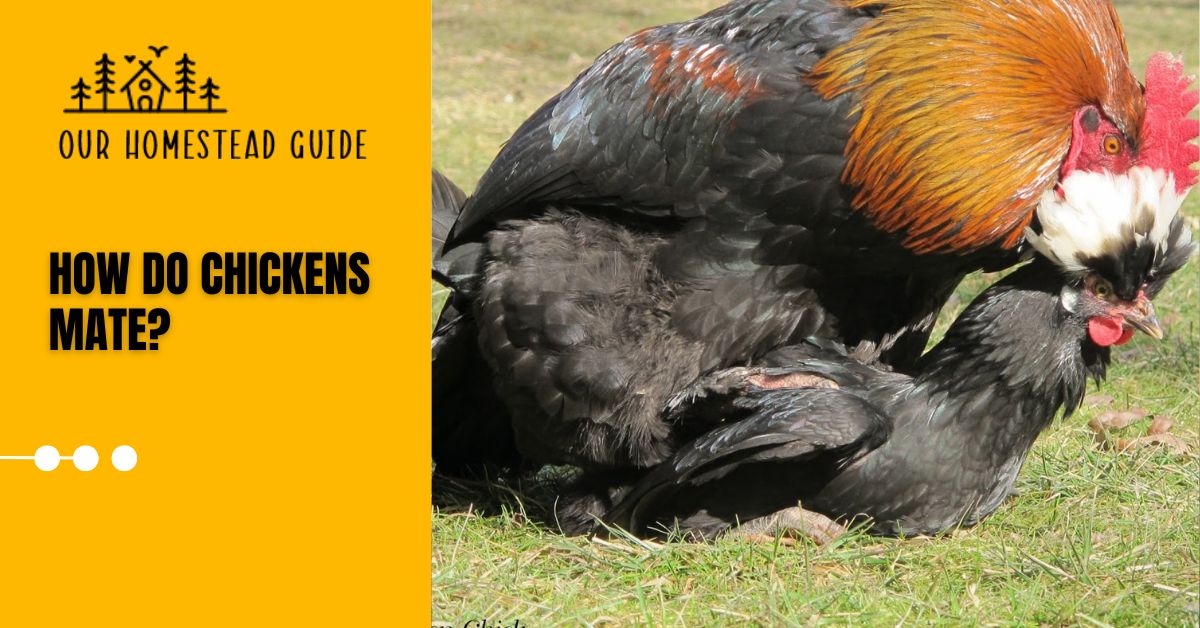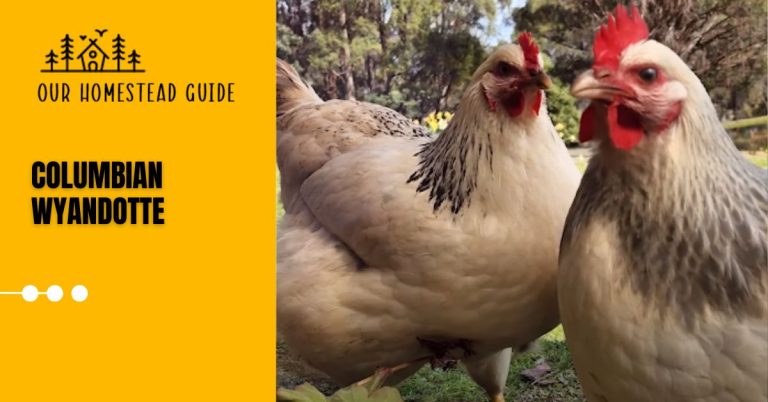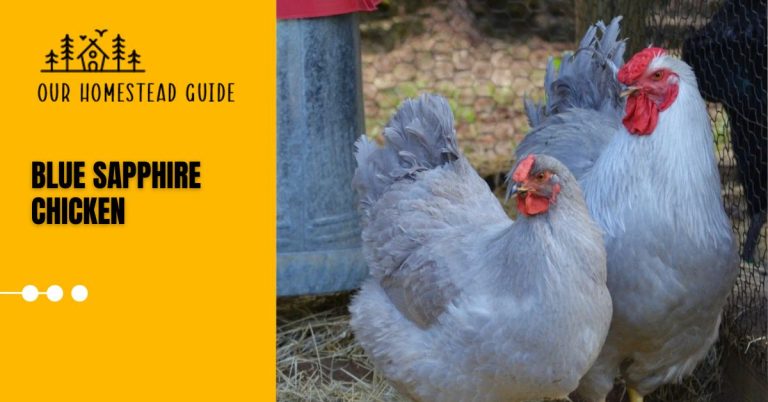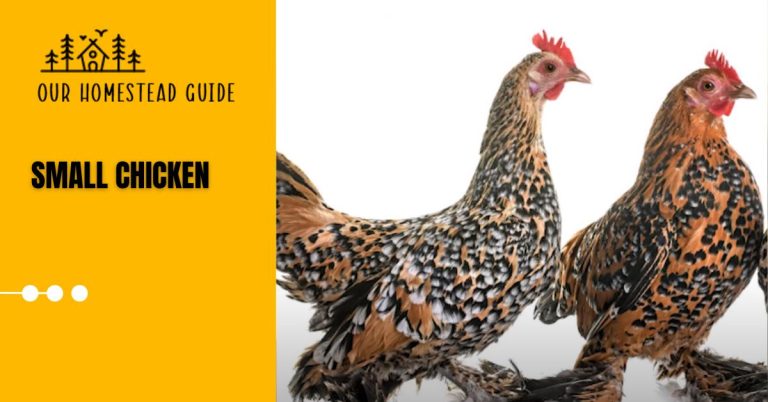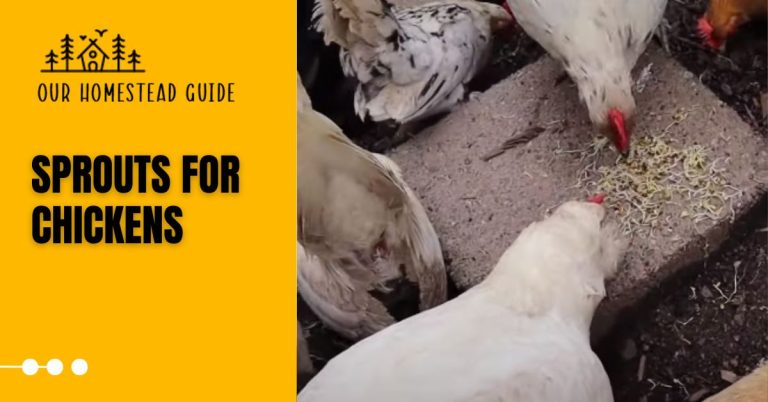How Do Chickens Mate? For Healthy Hens Complete Guide
How do chickens mate? maybe something you wonder about when you first get a rooster. And if you’ve never seen a rooster go for an available hen, it may first appear a little unsettling. The rooster will aid the herd with his numerous incredible abilities. His skill set does not include being a nice suitor.
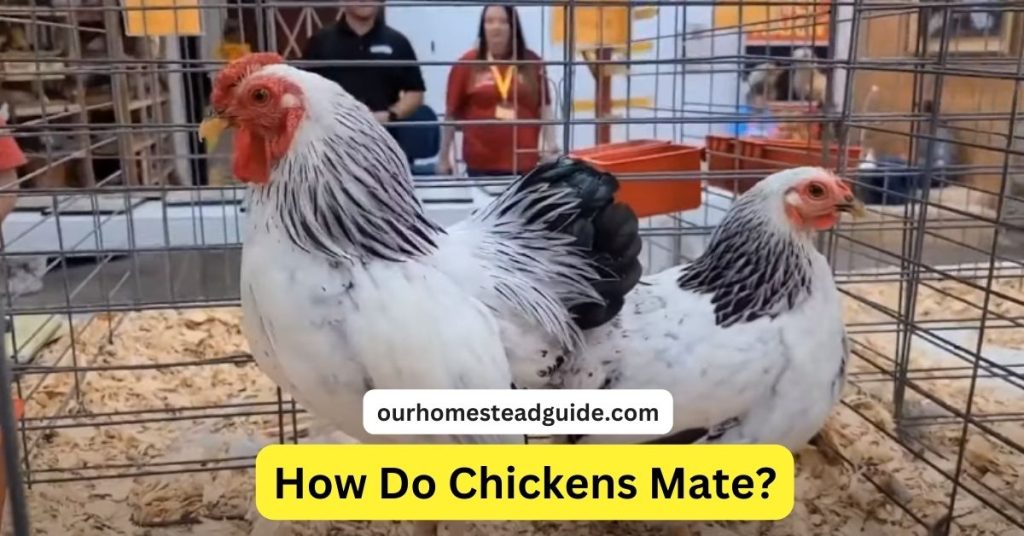
Families may retain a few hens in suburban and urban regions because of several unexpected elements of chicken mating, which also allow enormous businesses to produce commercial eggs at little cost.
How do chickens mate? different methods
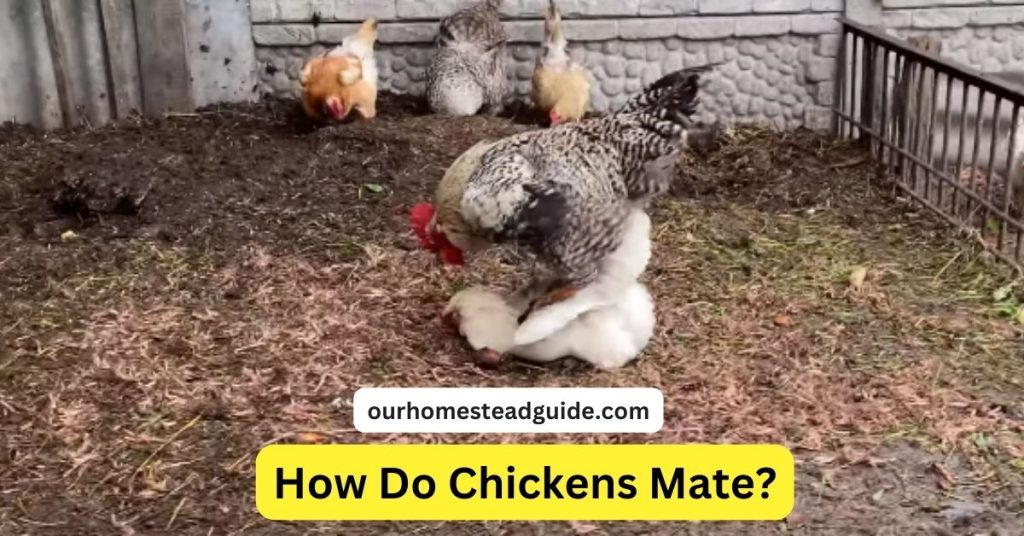
Courtship Behaviors:
Tidbiting To attract the attention of hens, roosters provide them with special goodies. Rooster Dance A courting display in which the rooster shuffles about the selected hen drops one wing, and attempts to mate.
Mate Selection:
Depending on the rooster’s appearance, hens may exhibit preferences such as a glossy feathered comb and vivid red color. Mate choice is influenced by a rooster’s abilities, such as his or her capacity to locate food, tend to the flock, and treat hens with respect.
Mating Process:
Tidbiting and the rooster dance are two wooing activities that cocks may use to start a mating relationship.
Grasping the hen’s head and neck feathers with his comb, the rooster steps once above her to maintain balance.
Cloacal Kiss:
Roosters have papillae within their cloacas instead of penises. To transfer sperm, a rooster uses a “cloacal kiss.” To send sperm toward the eggs, hens need to turn their cloaca.
Sperm Storage:
The hen’s oviduct walls include sperm pockets where the sperm are kept.
Sperm that has been stored can fertilize eggs for four to five days.
Rooster Dance:
a rooster’s wooing act in which it shuffles about the selected hen drops one wing and tries to mate.
Squatting Behavior in Hens:
Hens that are willing to comply stoop or crouch, lowering their head and body and gently extending their wings to show that they are open to receiving.
Trimming Bum Fluff:
Removing extra fluff from the buttocks can facilitate sperm collection in fluffy breeds where it may be difficult for the cloaca to be reached for mating.
How Do You Breed Chickens?
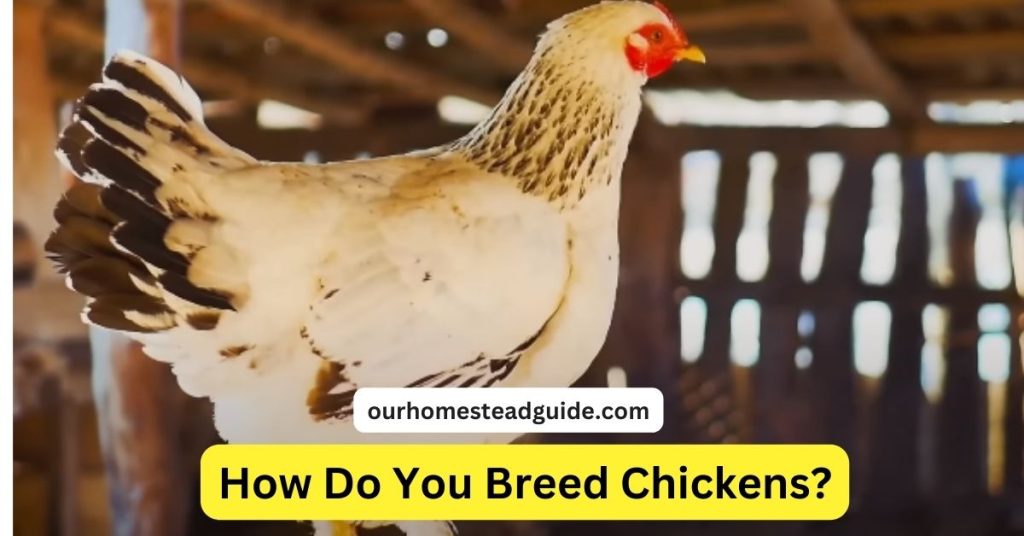
To successfully breed chickens, it is important to choose healthy, suitable stock and to build a coop that has enough space for nesting boxes, ventilation, food, and water. Use artificial insemination, pen mating, or natural mating to introduce breeding stock.
Keep an eye on everything, gather the eggs, and store them correctly. For 21 days, flip the eggs every day and ensure that the ideal temperature and humidity are maintained. For the freshly hatched chicks, provide water, a chick starter meal, and a warm brooder box.
To enhance quality and manage your flock better, keep thorough records, vaccinate your flock, and cull frequently. If necessary, get advice from seasoned breeders. Remember that meticulous preparation and committed care are necessary for effective chicken production.
How Does a Rooster Fertilize an Egg?
In a brief “cloacal kiss,” a rooster inserts sperm into an egg by way of the papilla, a bump on the hen’s reproductive system. After that, the sperm goes to the oviduct to fertilize the subsequent egg that is released.
The hen will kneel to allow the rooster to mount her if she is interested in mating. To improve their balance before mounting a hen, most roosters will grip her comb. Hens may squawk or make other strange noises while this is going on. Although it may appear a little aggressive and strange at first, mating between the two is a normal occurrence.
The rooster may appear hostile, but he is often gentle enough with the hen to avoid hurting her. The cloacas of the two birds make contact during mating, and the male gives the female semen. Since there is no penetration involved in chicken mating, this procedure is frequently referred to as a “cloaca kiss.”
finally, the semen will go to the hen’s oviduct, where fertilized eggs will finally be laid. For around a month, the semen can remain viable within the hen’s oviduct.
For most chickens, mating only takes approximately 30 seconds. The hens will shake their feathers and resume their normal activities as if the mating process had never taken place.
When Do Baby Chicks Emerge?
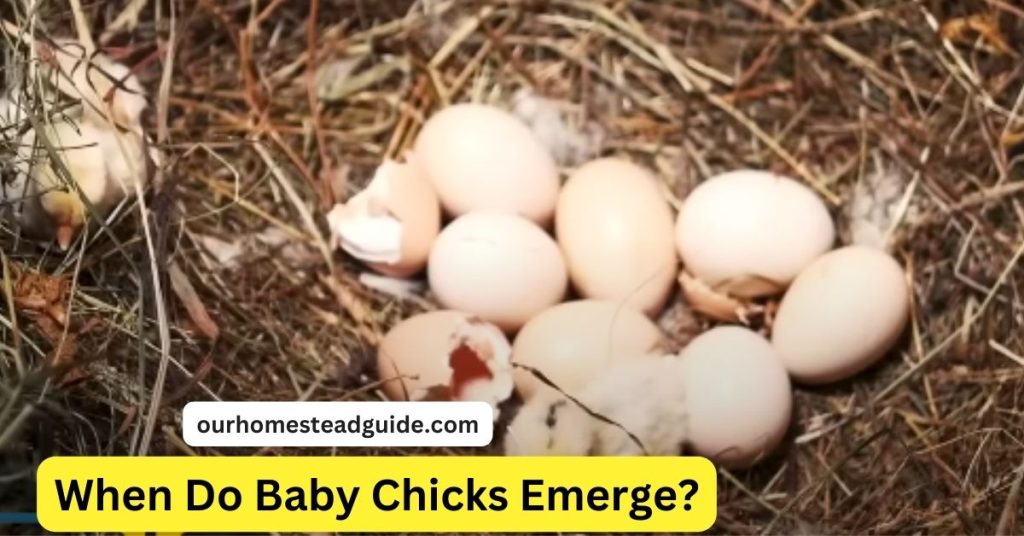
Typically, baby chicks hatch 21 days following the first day of incubation. This holds for both artificial incubation in an incubator and natural incubation by a hen.
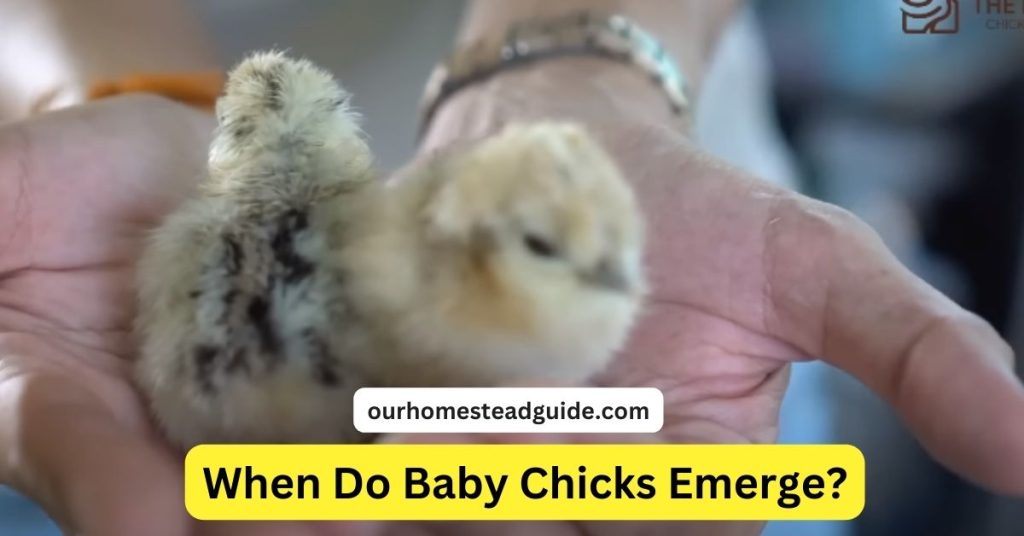
Nonetheless, the hatching time may vary in the following ways:
Early hatching
Usually, within 20–21 days, some chicks may hatch a few hours or a day early.
Late emergence:
Certain chicks could take up to 22–24 hours to hatch.
Factors affecting hatching time:
The size of the egg, temperature, and humidity may all affect when it hatches.
When the chicks are ready to hatch, keep an eye out for the following signs:
Pipping:
The chick will often peck the air sac end of a little hole in the eggshell.
Voices produced internally:
The egg may make chirping noises that you can hear.
The egg’s movement:
The chick may try to escape from the egg by moving it back and forth.
Several hours may pass before the chicks hatch after they begin to pip. It’s crucial to hold off on helping unless the chick seems helpless or trapped.
Does Mating Hurt the Hen?
When a rooster piques a hen’s curiosity, she will make it clear by ignoring him and, if necessary, fighting him off. Mating can cause serious injury to a flock due to physical roughness, aggressiveness between roosters, and other factors. This is the moment when you should pay extra attention to your flock.
When a hen is ready to mate, she will respond to the above-described mating dance by kneeling or squatting on the ground and slightly expanding her wings. By making it physically simpler for the rooster to begin mating with her, she is very clearly expressing her readiness for sex, and the rooster will be delighted to begin!
Problems with Chicken Mating
Even though it’s a normal procedure, hen mating can occasionally run into issues. These are a few of the most typical problems:
Issues relating to the rooster:
Excessive mating: Overly aggressive roosters can harm hens with their spurs and claws, resulting in bleeding, abrasions to the skin, and even loss of feathers. This can be lessened by cutting the spurs off the rooster, protecting the hens with saddles, or separating roosters who are very combative.
Unable to conceive: Rooster infertility can be inherited, brought on by disease, or age. Low hatching rates or the inability of chickens to deposit fertilized eggs after mating are indicators of infertility. See a veterinarian if you think your pet may not be fertile.
Combat: Rooster fights for hens can get physical and cause injury. Providing enough room and maintaining the proper rooster-to-hen ratio—typically 1:10—can help lessen aggressiveness.
Hen-related problems:
Egg binding: Hens may experience pain and suffering when they are unable to lay eggs. This has to be taken to the vet right now.
Hens have the tendency to become broody, delaying laying in favor of spending a lot of time sitting on their eggs. One way to deal with this is to take down the nest boxes or build a different broody coop.
Reproductive problems: Hens’ capacity to mate or deposit eggs may be hampered by anatomical anomalies or hormonal imbalances. Seek the advice of a veterinarian for diagnosis and care.
Environmental problems:
Stress: The health of the reproductive system can be impacted by stress brought on by overcrowding, subpar shelter, or predators. Make sure your hens are housed in a secure area with enough room and ventilation.
Food: Fertility may be impacted by vitamin or mineral deficiencies. Give your hens a well-balanced diet, or ask your veterinarian for advice on specialized foods.
Illness:
Reproduction in chickens can be impacted by certain disorders. Vaccinations and routine veterinarian examinations can help stop illness outbreaks.
Additional issues:
Soft plumes: Excessive fluff around the vent in certain breeds might prevent effective mating. It could be required to trim the feathers surrounding the vent.
Incompatible breeds: Some breeds may find it difficult to mate because of physical constraints or disparities in size. It’s crucial to research breed compatibility.
What To Do if You Don’t Want Chickens Mating
If you don’t want your chickens to mate, there are several strategies you can implement:
Separation:
Remove hens and roosters from each other: This is the best way to stop mating. A fenced-in space, distinct coops, or rotating their access to the main coop are some ways to keep them apart.
Incompatible breeds should be kept apart since some are more aggressive or tenacious than others and may attempt to mate even when they shouldn’t. By keeping them apart, undesired mating attempts can be avoided.
Control Rooster Behavior:
Reduce the number of roosters: Reducing the number of roosters in a flock can be achieved by keeping it to one.
Cut the spurs on the rooster to help shield the hens from harm when they try to mate.
Use a rooster saddle: The saddle shields the hens’ backs from the spurs and claws of the rooster, preventing scratches and damage.
Manage Hen Behavior:
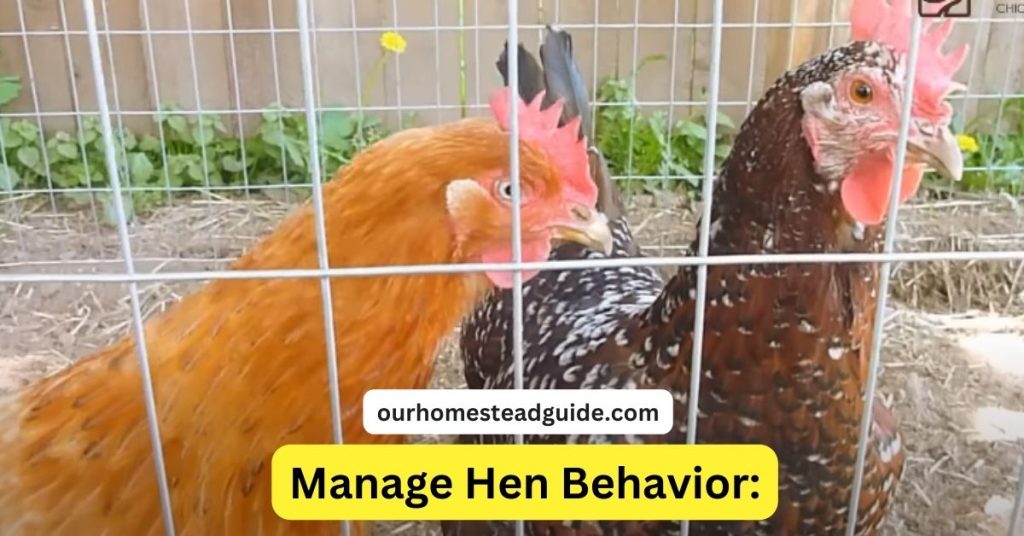
Take out the nesting boxes: This may deter chickens from becoming broody and desiring to deposit eggs that have been fertilized.
Gather eggs frequently: Gathering eggs every day keeps chickens from sitting on them and developing broody tendencies.
Employ artificial insemination to ensure that only desired pairings occur by allowing you to choose which rooster mates with which hens.
Other Choices:
Rehome the rooster: Rehoming a rooster to another flock may be an option if you lack the room or the desire to keep him apart.
Sterilization: Although it is a permanent treatment, surgical sterilization of chickens or roosters entails some dangers and calls for veterinary skills.
get infertile hens: If your sole purpose for having hens is to lay eggs, you might wish to get them from a breeder who specializes in infertile breeds or who maintains them apart from roosters.
Fertility and Chicken Mating Frequency:
Fertile eggs can be laid by hens without daily mating. Before she needs to mate again, her eggs will remain viable for at least a few weeks and occasionally much longer since she stores sperm in her body.
Eight or twelve hens may be kept viable with ease by one rooster.
Few suburbanites could have chickens if hens needed a rooster to lay eggs. Additionally, coops would soon become stinky and require frequent cleaning if birds generated liquid pee. Suburbanites would be considerably less inclined to give up keeping chickens and undertake a lot more coop cleaning. Thus, these easy modifications satisfy several purposes.
Becoming a Successful Chicken Caretaker
One of the most frequent queries from novice chicken caretakers is “How do chickens mate?” You will undoubtedly learn the truth if you house roosters and hens in the same area. However, it’s usually preferable to be aware of circumstances such as these before they arise.
Having roosters and hens mate is a terrific technique to increase the number of chickens in your coop. However, it’s preferable to avoid having any roosters in the cage if all you’re searching for are edible eggs. As long as every bird is taken care of appropriately, either method is OK.
Becoming a successful chicken caretaker requires knowledge, dedication, and a passion for poultry:
Gain Knowledge:
Select a suitable location: Make sure the coop gets sunshine and weather protection.
Make sure you give your chickens enough room. A chicken needs around 4 square feet of indoor area and 8 to 10 square feet of outdoor space.
Install nesting boxes: For every three to four hens, one nesting box is required.
Set up dust baths and perches: To keep their feathers healthy, chickens require dust baths and perches for roosting.
Maintain adequate insulation and ventilation to help control the temperature and stop drafts.
Uphold hygiene by routinely cleaning the coop to stave off illness and parasites.
Additional Tips:
Start modest: As you acquire expertise, steadily raise the number of chickens in your flock from a small starting point.
Sign up for a poultry organization or club: Make connections with other hen lovers to get guidance, encouragement, and educational opportunities.
Be ready for difficulties: Diseases, predators, and unforeseen issues might affect chickens. Be ready to change and grow from your encounters.
Above all, remember to enjoy yourself! Taking care of chickens may be a fulfilling and interesting experience. Savor the procedure and pick up knowledge as you go.
Most Frequently Asked Questions!
1. How do chickens mate?
Chickens mate using a technique known as cloacal kissing. As he climbs the hen, the rooster lines up his vent, or cloaca, with hers. The papilla, a little protrusion on her reproductive tract, is where he then inserts sperm.
2. How long does it take for a rooster to fertilize an egg?
From the hen’s cloaca, the sperm moves to the oviduct, where it may have to wait for a few days before fertilizing the subsequent egg produced. After mating, fertilization normally happens four to five days later.
3. How many eggs can a rooster fertilize?
Many hens and their eggs can be fertilized by a single rooster. Millions of sperm cells can be found in a single ejaculation, and these cells can survive for several days in the hen’s oviduct.
4. What is the ratio of roosters to hens in a flock?
Most people agree that a rooster-to-hen ratio of 1:10 is best. This ratio lessens rooster rivalry and hostility while also assisting in ensuring that every hen has the chance to mate.
5. What are some signs that a chicken is receptive to mating?
A hen will crouch, drop her wings, and spread her tail feathers when she is ready to mate. In addition, she could speak and emit a distinct mating cry.
6. What are some problems that can occur with chicken mating?
Typical issues with chicken mating include the following:
Overeating: When a rooster mates too often, it might hurt the hen.
Infertility: Genetics, age, or disease can all contribute to a rooster’s infertility.
Egg binding: If a hen has trouble producing eggs, it may be a medical emergency.
A hen may get broody and cease to produce eggs.
Rooster fights: Rooster fights over hens can result in injury.
7. What can be done to prevent problems with chicken mating?
You can take a few steps to avoid issues with chicken mating, including:
Giving your flock enough room will assist in lowering tension and hostility.
Providing a well-balanced feed to your hens will guarantee that they receive the necessary nutrients to maintain good health and facilitate reproduction.
Keeping a careful eye on your flock will let you see any issues early on.
Seeking advice from a veterinary It is always better to speak with a veterinarian if you have any worries regarding the health or ability of your hens to reproduce.
8. How can I determine if my eggs are fertile?
You may candle your eggs to find out if they are viable. To do this, a light must be shone through the egg to detect the presence of a growing embryo. Infertile eggs seem transparent, but viable eggs have a black patch with visible blood vessels.
9. How long does it take for chicken eggs to hatch?
Normally, chicken eggs hatch after 21 days of incubation. The hatching period can, however, vary somewhat based on the temperature, humidity, and size of the egg.
10. What do I need to do to care for baby chicks?
A warm brooder box with a heat lamp is necessary for baby chicks. They must have access to clean water and be given a chick-starting diet that has been specifically prepared. They need to be constantly watched over and protected against drafts and predators.
you may also like this article.

